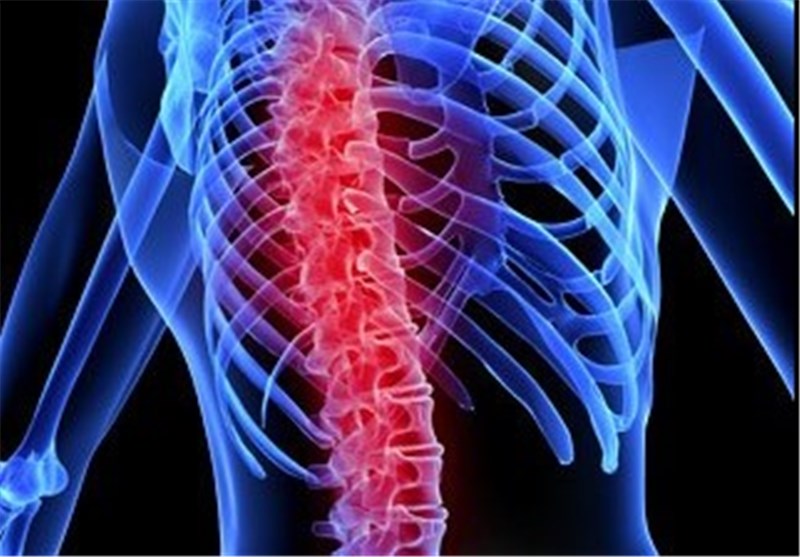Stem Cell Scarring Aids Recovery from Spinal Cord Injury
TEHRAN (Tasnim) – New Studies revealed that the scar tissue formed by stem cells after a spinal cord injury does not impair recovery; in fact, stem cell scarring confines the damage.
Results of the research, carried out at Karolinska Institutet in Sweden, are published in the scientific journal Science. The findings indicate that scar tissue prevents the lesion from expanding and helps injured nerve cells survive.
Spinal cord injuries sever nerve fibers that conduct signals between the brain and the rest of the body, causing various degrees of paralysis depending on the site and extent of the injury. Functional impairment is often permanent, since the cut nerve fibers do not grow back. The lack of regeneration has been attributed to a blockage from scar tissue that forms at the lesion. It has therefore been suggested that the nerve fibers could regenerate and that recovery could improve if scar formation is inhibited, and many proposed therapeutic strategies have been designed around this concept.
In the present study, the researchers focused on spinal cord stem cells, which are one of the main sources of the scar tissue that is formed after spinal cord injury. They found that when blocking scar formation by preventing the stem cells from forming new cells after an injury, the injury gradually expanded, and more nerve fibers were severed. They also observed that more spinal cord nerve cells died in these mice compared to mice with intact stem cell function, which were able to form normal scar tissue.
"It turned out that scarring from stem cells was necessary for stabilizing the injury and preventing it from spreading," says principal investigator Professor Jonas Frisén at the Department of Cell and Molecular Biology. "Scar tissue also facilitated the survival of damaged nerve cells. Our results suggest that more rather than less stem cell scarring could limit the consequences of a spinal cord injury."
According to earlier animal studies, recovery can be improved by transplanting stem cells to the injured spinal cord. The new findings suggest that stimulating the spinal cord's own stem cells could offer an alternative to cell transplantation.





